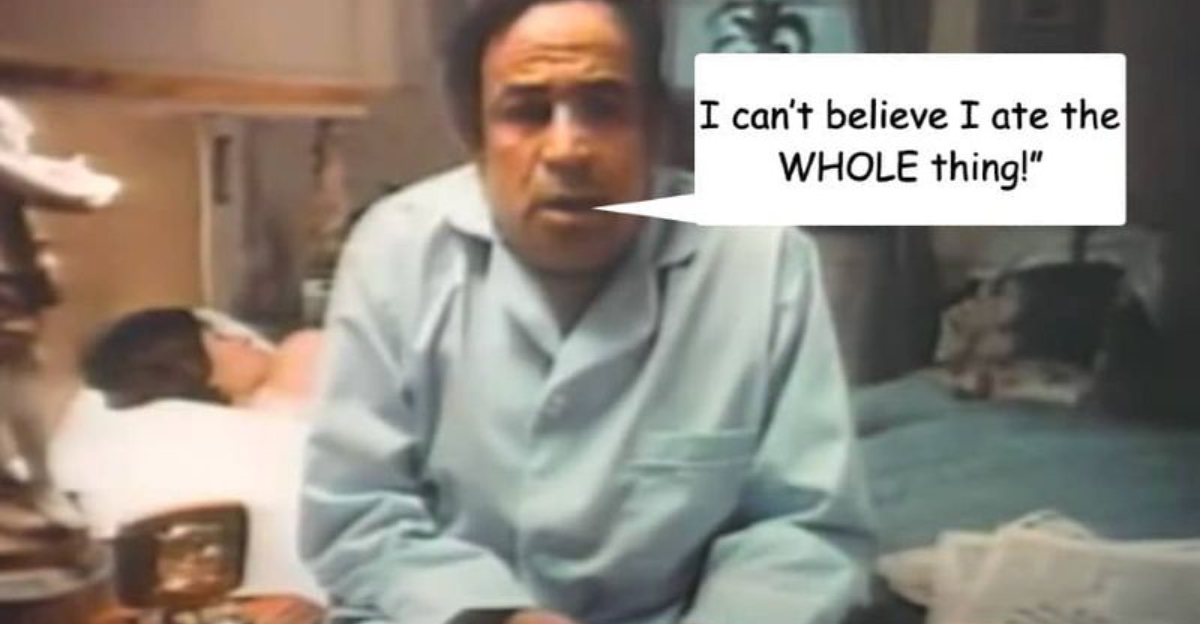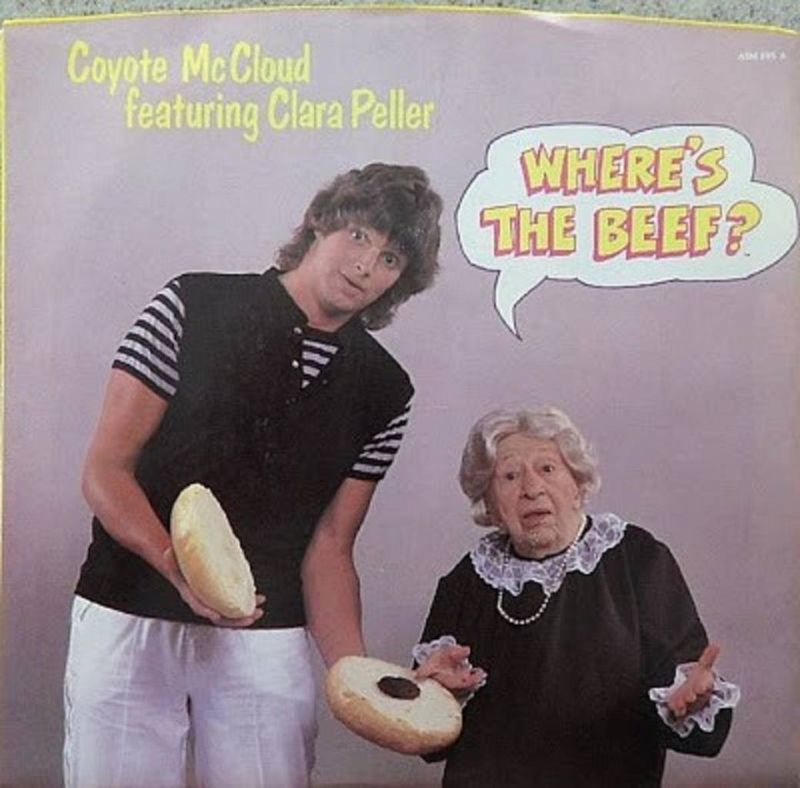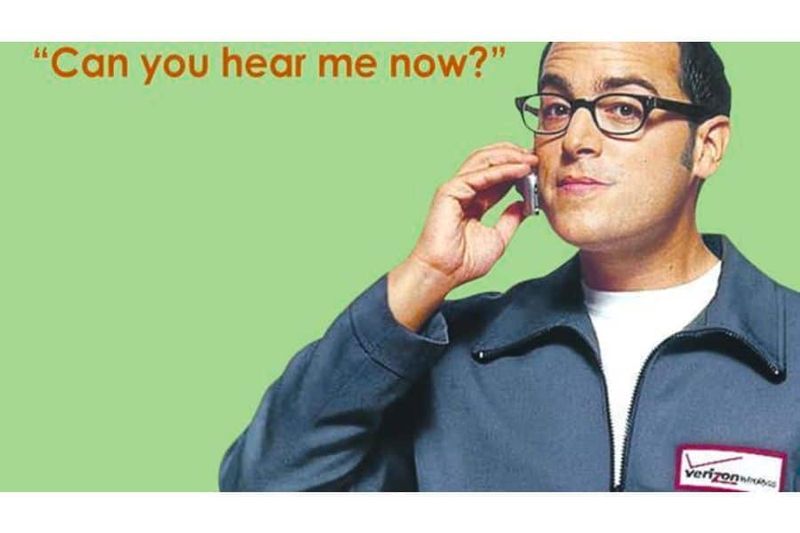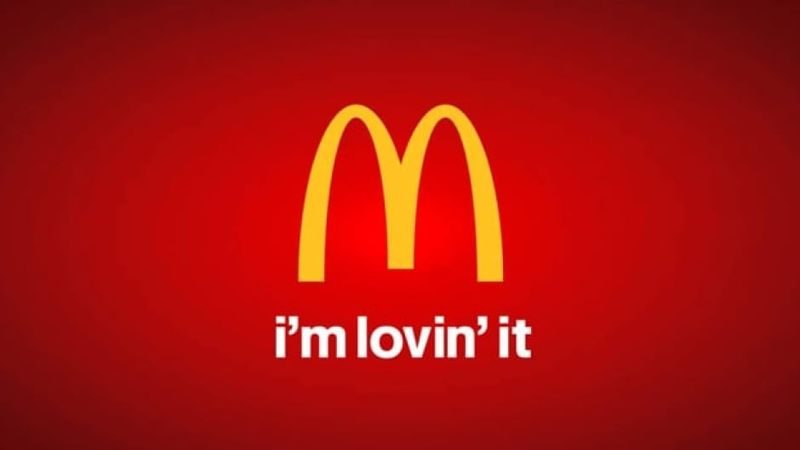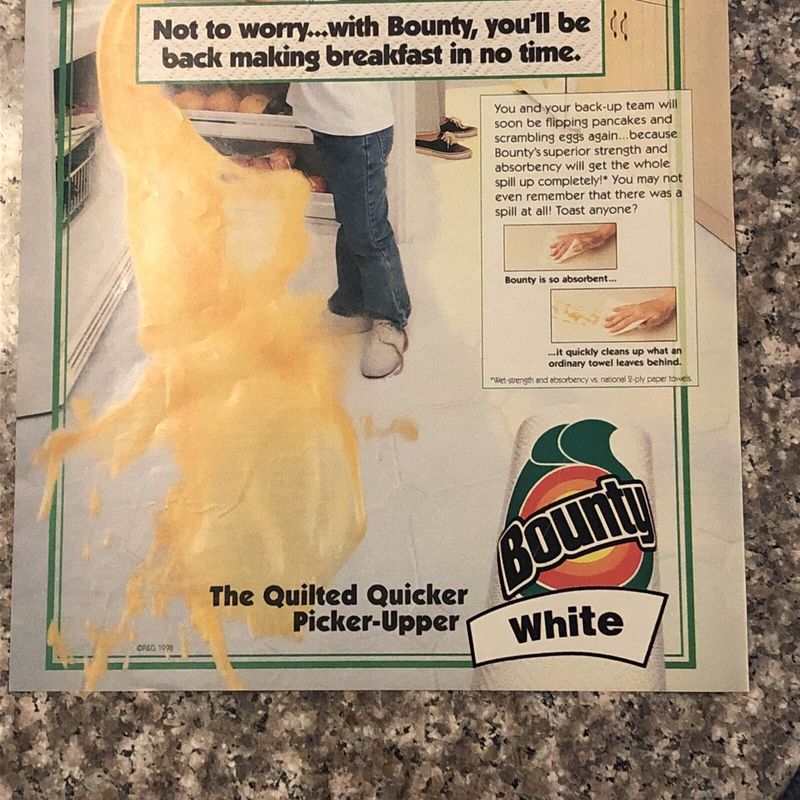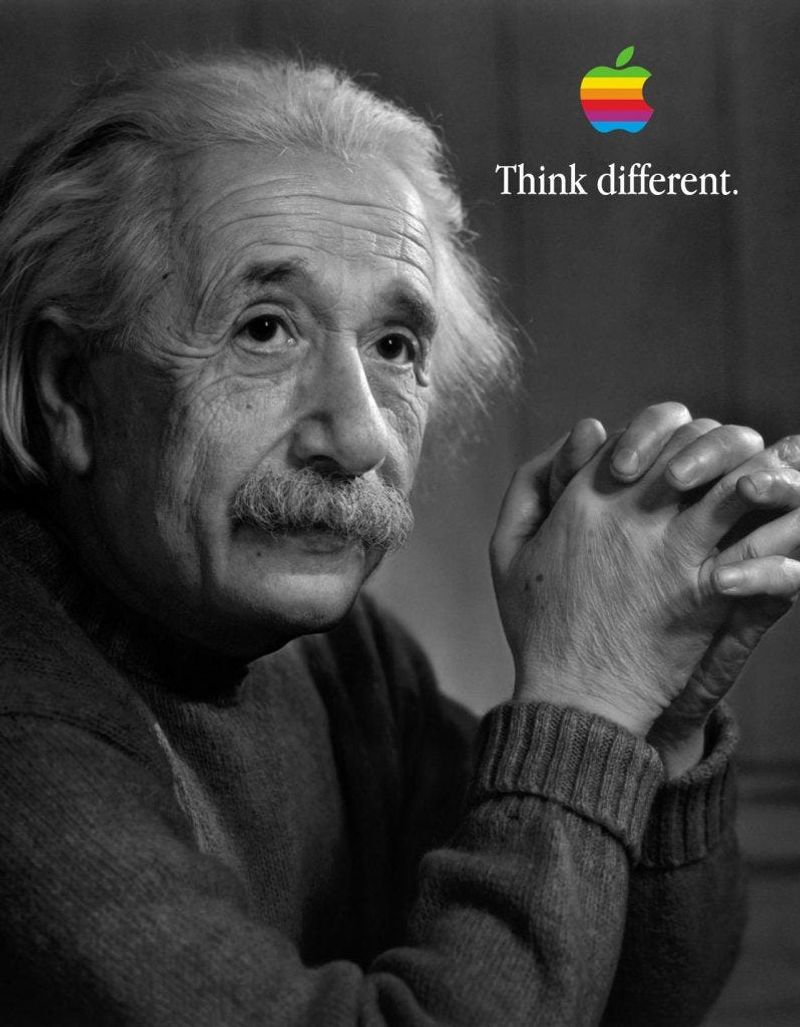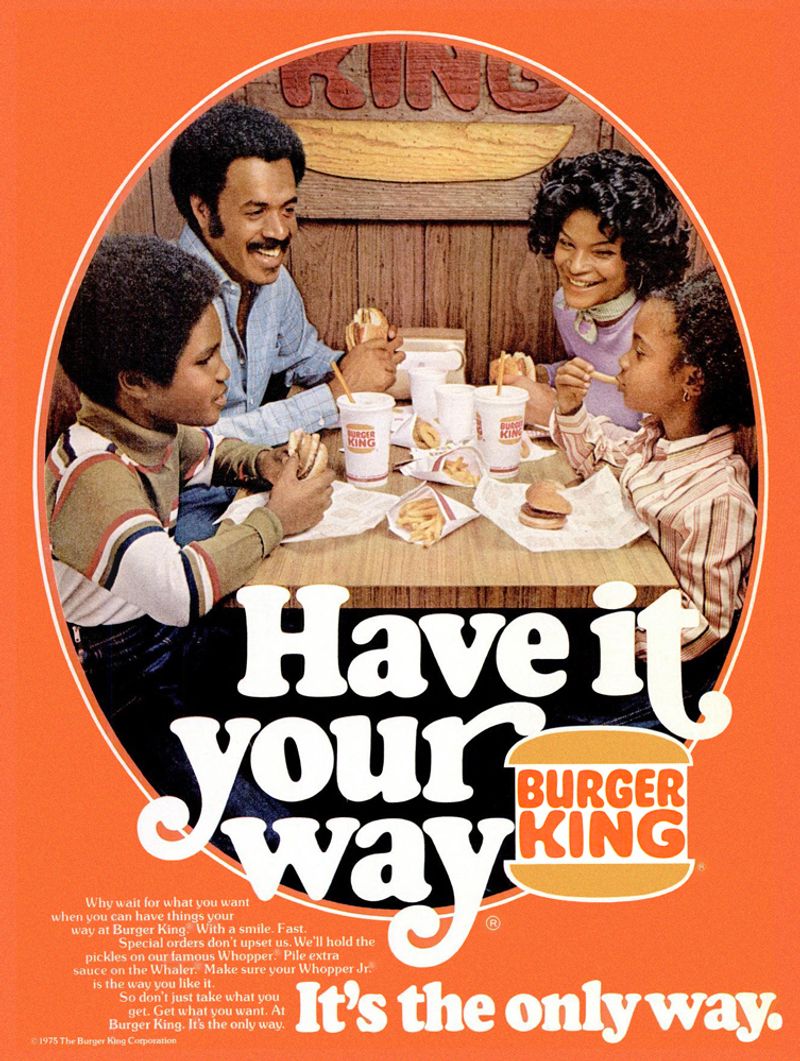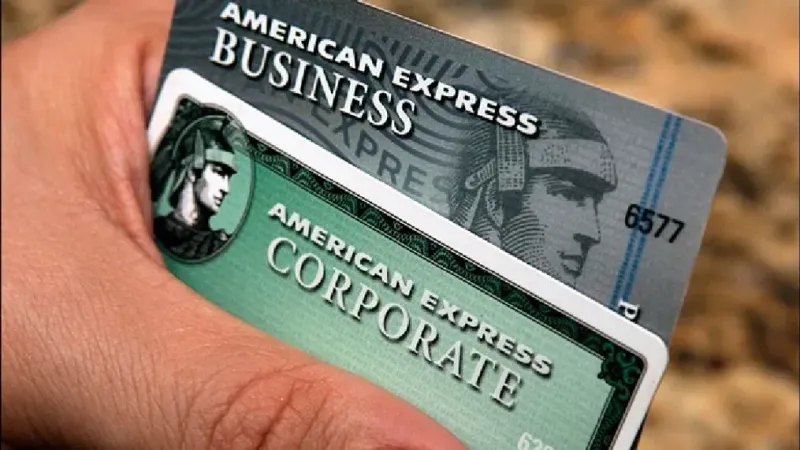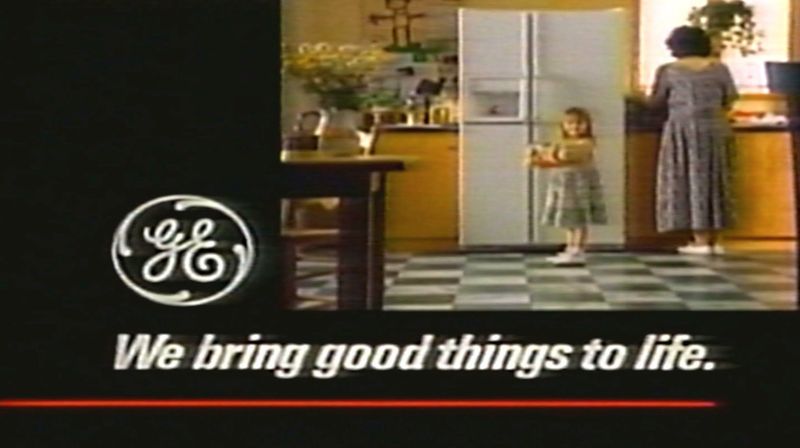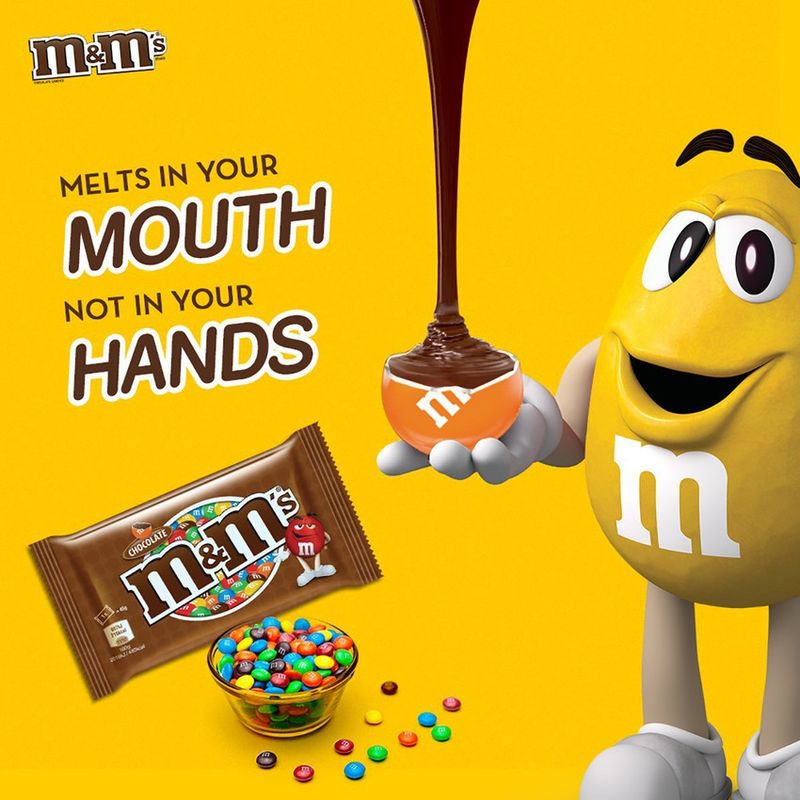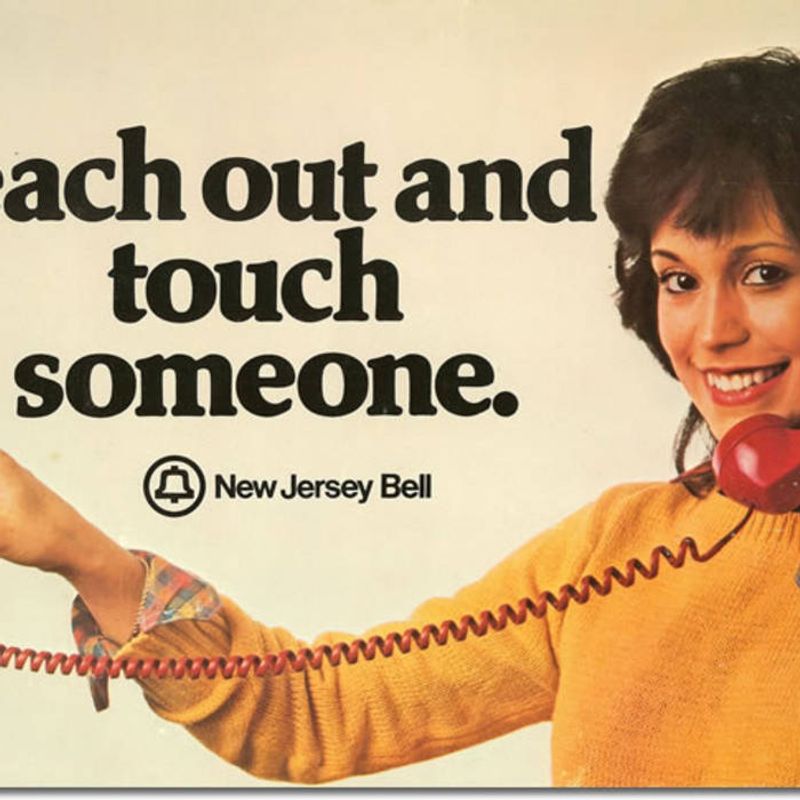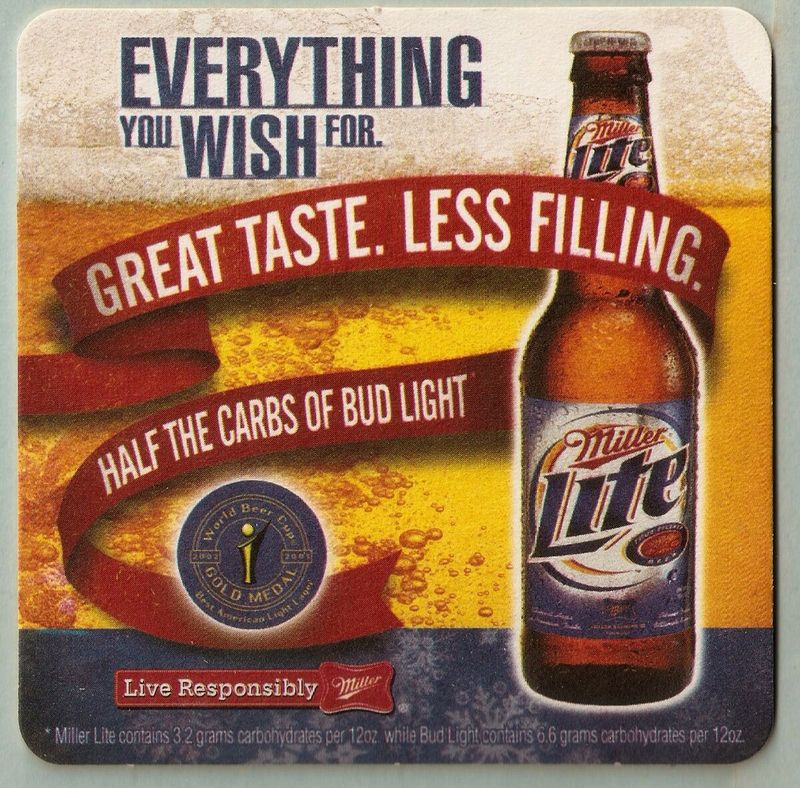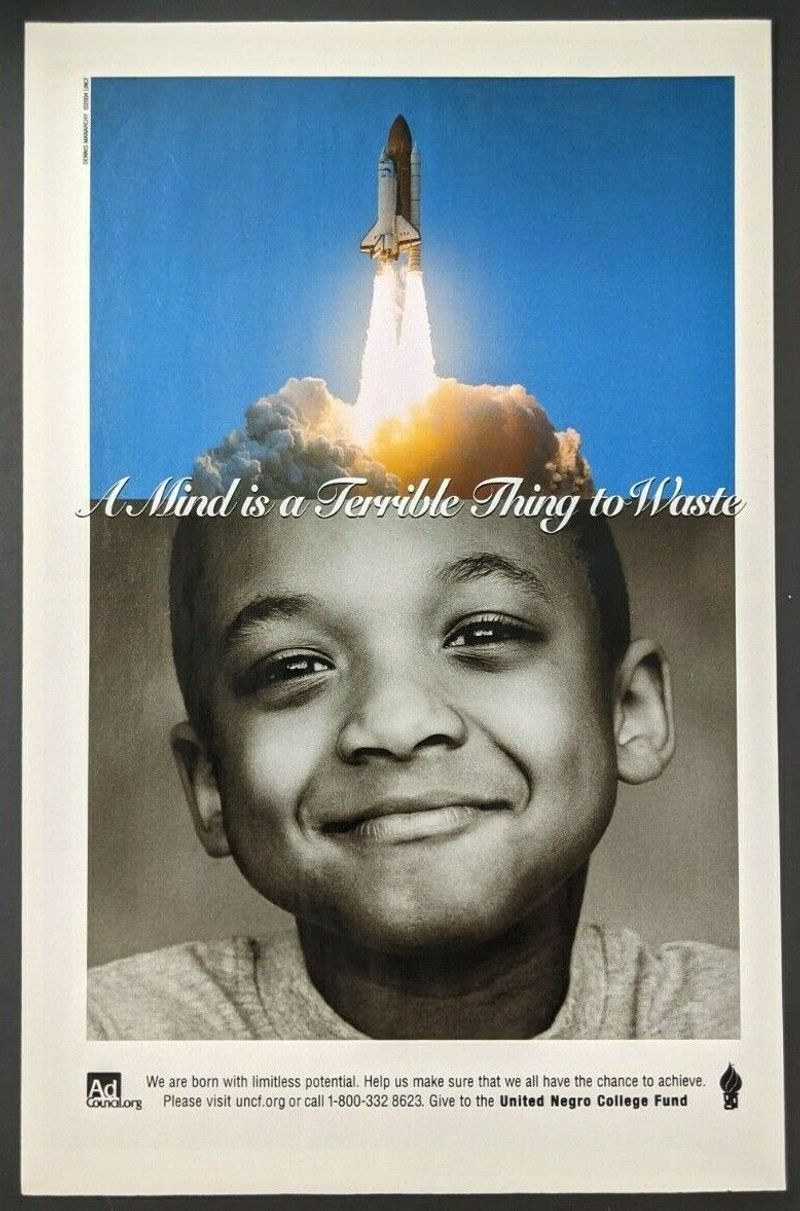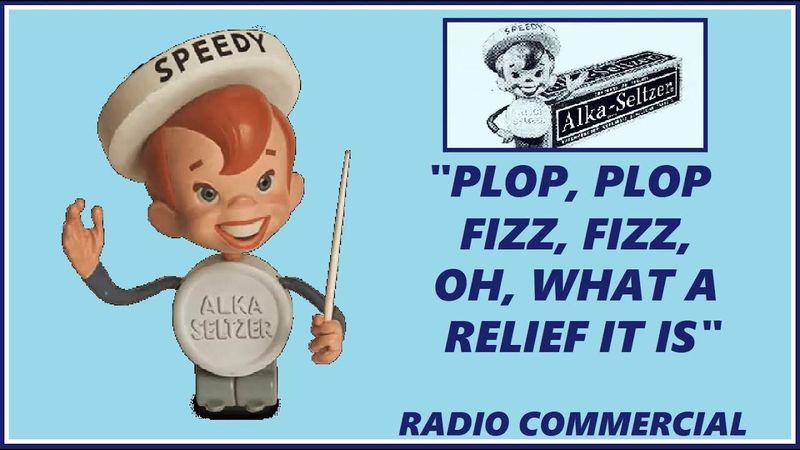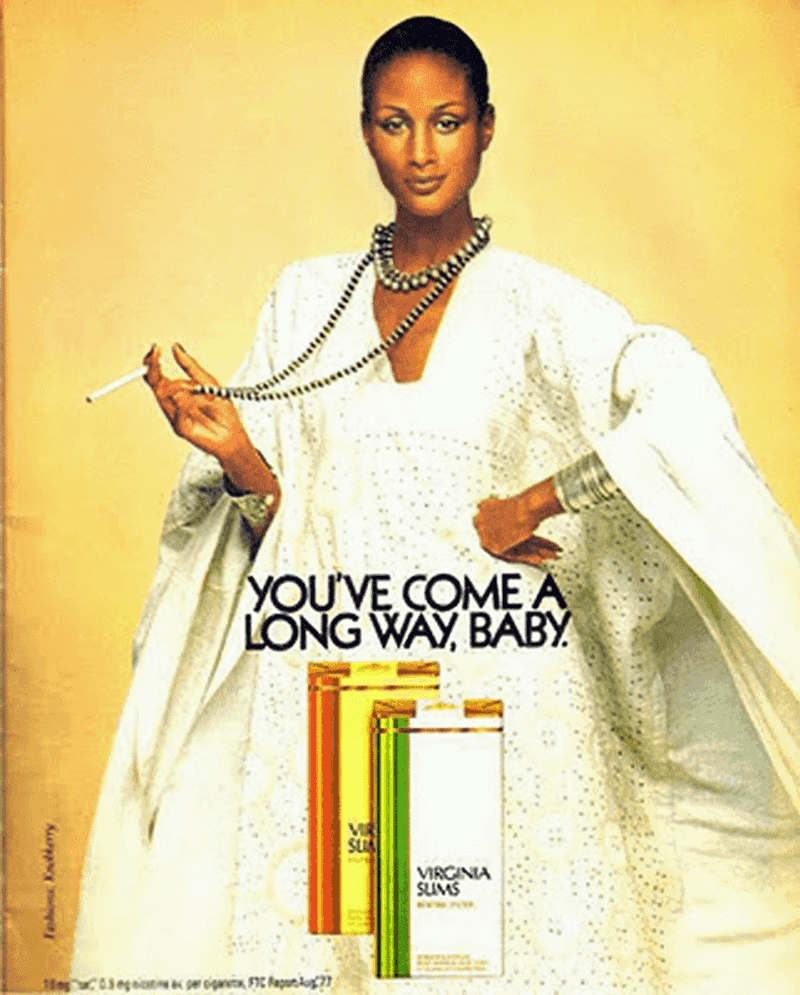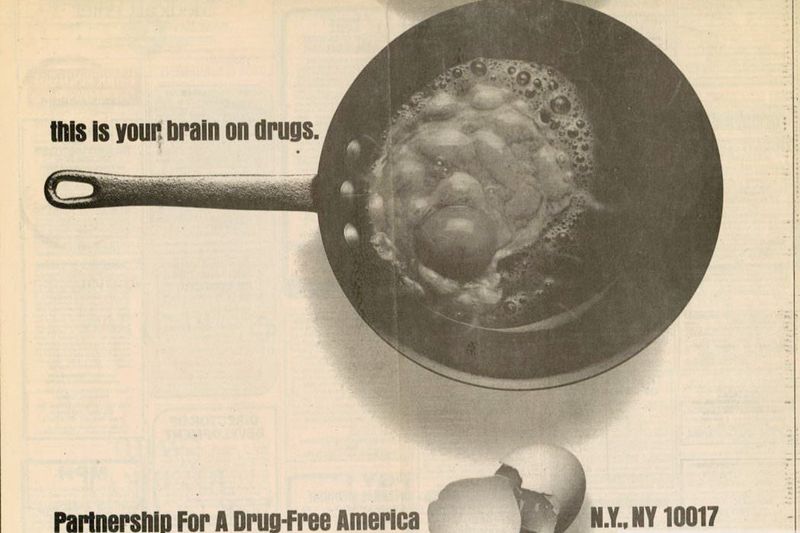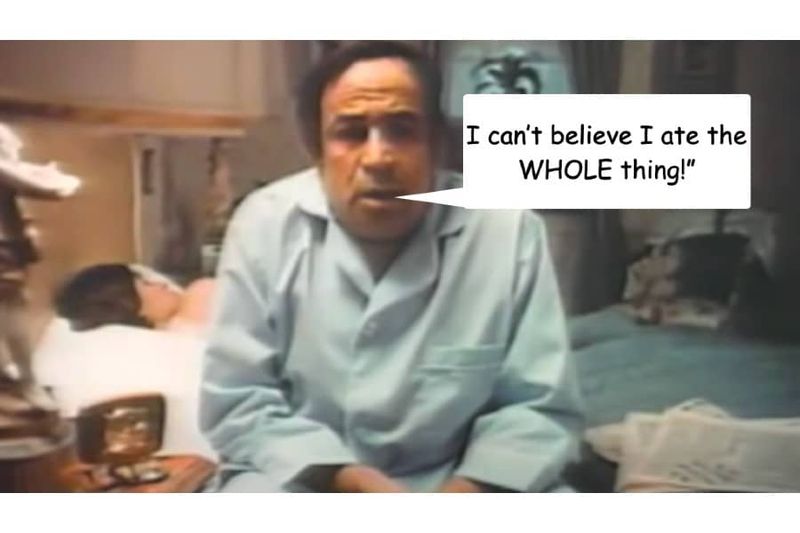Advertising slogans once dominated our TV screens, radio waves, and billboards, becoming part of our everyday language.
These catchy phrases sold everything from fast food to telephone services, embedding themselves in American culture.
But as companies evolved and marketing strategies changed, many iconic taglines disappeared, leaving only nostalgic memories for those who can still recite them.
1. “Where’s the beef?”
Wendy’s struck advertising gold in 1984 with this sassy question from elderly actress Clara Peller. The phrase quickly transcended fast-food marketing to become a cultural phenomenon.
People used it to question substance in everything from political debates to personal arguments. Though Wendy’s eventually moved on to other campaigns, this three-word powerhouse remains their most memorable slogan ever created.
2. “Can you hear me now? Good.”
Test man Paul Marcarelli became the face of reliable cell service in the early 2000s, wandering across America in his Verizon jacket and glasses. His repetitive question-and-answer routine symbolized the company’s superior network coverage.
The campaign ran for nine years before Verizon shifted strategies. In an ironic twist, Marcarelli later appeared in Sprint commercials, declaring he had switched carriers—a marketing coup for the competitor.
3. “I’m Lovin’ It.”
McDonald’s launched this global campaign in 2003 with Justin Timberlake singing the catchy jingle accompanied by the now-famous five-note melody. The slogan marked the first time McDonald’s used a single tagline worldwide.
While technically still in use today, its prominence has faded significantly in American advertising. The simple, positive message initially represented a major shift for the brand, focusing on emotional connection rather than specific food attributes.
4. “It’s the real thing.”
Coca-Cola’s iconic 1970s slogan captured authenticity in an era of cultural change. The campaign featured the famous hilltop commercial with diverse young people singing “I’d Like to Teach the World to Sing,” perfectly aligning with the decade’s peace movement.
The phrase communicated Coke’s status as the original cola in a market full of imitators. Though abandoned decades ago, this slogan represented Coca-Cola at its most idealistic and culturally relevant moment.
5. “Be all that you can be.”
The U.S. Army’s recruiting powerhouse ran from 1980 to 2001, inspiring a generation of Americans to enlist. The aspirational message promised personal growth and achievement through military service.
Accompanied by a stirring musical score, the commercials showed soldiers in training, using advanced technology, and developing leadership skills. After the September 11 attacks, the Army shifted to “Army Strong,” though many veterans still identify with the original slogan that defined their decision to serve.
6. “The quicker picker upper.”
Bounty paper towels built their brand identity around absorbency with this tongue-twisting phrase. Commercials typically featured spills being quickly cleaned up, often in head-to-head comparisons with generic “bargain brands.”
While Procter & Gamble still owns this slogan, its prominence in advertising has diminished significantly. The memorable alliteration made it easy to remember when standing in the paper goods aisle, creating a direct link between the catchy phrase and the product’s main selling point.
7. “Think different.”
Apple’s grammatically rebellious slogan appeared in 1997 during Steve Jobs’ return to the company. The campaign featured black-and-white portraits of visionaries like Einstein, Gandhi, and Amelia Earhart—none using Apple products.
This bold approach positioned Apple as a brand for creative rebels at a time when the company was nearly bankrupt. By 2002, as Apple gained momentum with new products like the iPod, the slogan faded away, having successfully reestablished the company’s innovative identity.
8. “Have it your way.”
Burger King directly challenged McDonald’s rigid menu with this customization-focused slogan introduced in 1974. The message celebrated personal choice in an era when fast food was notoriously inflexible.
The campaign emphasized that customers could request special orders without hassle. After four decades, BK retired the phrase in 2014, replacing it with “Be Your Way”—which itself quickly disappeared. The original slogan remains their most recognized, representing a pioneering approach to customer service.
9. “Don’t leave home without it.”
American Express turned a credit card into a travel necessity through this clever campaign featuring Karl Malden. The actor, known for playing tough cops, gave the card credibility as he warned travelers about the dangers of cash and checks.
The slogan implied AmEx wasn’t just a payment method but an essential travel companion. After decades of success, the company eventually shifted to “Membership Has Its Privileges” in the 1990s, ending one of financial advertising’s most successful campaigns.
10. “We bring good things to life.”
General Electric used this warm, humanizing slogan from 1979 to 2003 to transform perception of a massive corporation. The commercials typically showcased how GE’s technologies improved everyday lives—from medical equipment saving patients to household appliances making family life easier.
Accompanied by soft piano music, these emotional ads created a surprisingly personal connection with consumers. When GE rebranded with “Imagination at Work” in 2003, it marked the end of one of the longest-running and most successful corporate slogans in American advertising.
11. “Melts in your mouth, not in your hands.”
M&M’s built their candy empire on this practical promise, introduced in the 1950s. The slogan brilliantly highlighted the candy coating’s functional benefit—preventing chocolate messes—rather than just taste.
Commercials often featured characters in situations where traditional chocolate would create problems. Though M&M’s still occasionally references this tagline, it’s no longer the center of their advertising, which now focuses more on the colorful candy characters and their personalities.
12. “Reach out and touch someone.”
AT&T captured the emotional essence of long-distance calling with this heartstring-tugging slogan. Launched in 1987, commercials featured emotional family reunions, surprise calls to loved ones, and tender moments made possible through phone connections.
The campaign humanized telecommunications during a time when long-distance calling was expensive and reserved for special occasions. As cell phones and unlimited calling plans emerged in the 1990s, the slogan lost relevance and gradually disappeared, though its emotional impact remains memorable.
13. “Great taste. Less filling.”
Miller Lite created the light beer category with this debate-centered campaign featuring sports celebrities arguing over the beer’s best quality. Launched in 1974, the commercials typically featured retired athletes in bars playfully disagreeing.
The genius of the slogan was how it transformed light beer’s potential weakness (less substantial) into a benefit. By 1991, Miller had moved to new messaging, but the campaign had already accomplished its mission—convincing American men that drinking light beer wasn’t just acceptable but preferable.
14. “A mind is a terrible thing to waste.”
The United Negro College Fund created this powerful statement in 1972 to advocate for educational opportunities for African Americans. Unlike commercial slogans, this campaign addressed serious social issues with dignity and urgency.
The phrase became so impactful it entered everyday language as a general expression about potential. Though UNCF has updated its messaging for newer generations, this slogan remains one of the most successful and meaningful in nonprofit advertising history, helping raise millions for educational scholarships.
15. “Because I’m worth it.”
L’Oréal Paris introduced this empowering declaration in 1971 when women were increasingly entering the workforce. The slogan justified spending more on premium hair color as an act of self-respect rather than vanity.
Initially controversial, the phrase eventually became a feminist statement about women valuing themselves. While still used globally, its prominence in American advertising has diminished. The campaign was revolutionary for featuring women speaking directly about their own worth—a radical concept in early 1970s advertising.
16. “Plop, plop, fizz, fizz, oh what a relief it is!”
Alka-Seltzer’s musical jingle perfectly mimicked the sound of their product in action. The commercials, featuring actors with indigestion dropping tablets into water, created an immediate association between the sound effect and symptom relief.
The campaign began in the 1950s and ran for decades, becoming so recognizable that many Americans still sing the jingle when reaching for antacids. The brilliance of this slogan was its onomatopoeic quality—you couldn’t hear it without visualizing the product’s distinctive effervescent action.
17. “You’ve come a long way, baby.”
Virginia Slims cigarettes targeted the women’s liberation movement with this controversial slogan launched in 1968. Advertisements juxtaposed images of oppressed women from the past with modern, fashionable smokers enjoying newfound freedoms.
The campaign cynically linked smoking with female empowerment during a time of social change. As health concerns about smoking grew and marketing restrictions tightened in the 1990s, the slogan disappeared, leaving behind a complicated legacy of exploiting feminism to sell harmful products.
18. “Let your fingers do the walking.”
The Yellow Pages directory simplified shopping and service-finding with this clever slogan introduced in the 1960s. The accompanying logo—a walking fingers icon—visually reinforced the message about effortless search.
Before the internet, these massive phone books were essential household items. As digital search engines replaced paper directories in the 2000s, both the slogan and the product it advertised became obsolete. For decades, however, this phrase perfectly captured how the Yellow Pages saved consumers time and physical effort.
19. “This is your brain on drugs.”
The Partnership for a Drug-Free America created this stark anti-drug PSA in 1987. The unforgettable visual of an egg frying in a hot pan accompanied the ominous warning about drug effects on the brain.
With minimal production value but maximum impact, this campaign became a cultural touchstone. Though mocked by drug culture, the slogan achieved near-universal recognition. Later anti-drug campaigns became more nuanced, but none matched the simple, visceral effect of this dire kitchen demonstration.
20. “I can’t believe I ate the whole thing.”
Alka-Seltzer struck advertising gold again with this relatable lament from a regretful overeater. The 1970s commercial featured actor Milt Moss in pajamas, looking miserable after consuming too much food.
The phrase quickly entered everyday language as a humorous admission of overindulgence. Unlike many slogans that showcase product benefits, this campaign succeeded by honestly acknowledging the problem their product solved. The relatability factor made it one of the most quoted commercials of its era.
